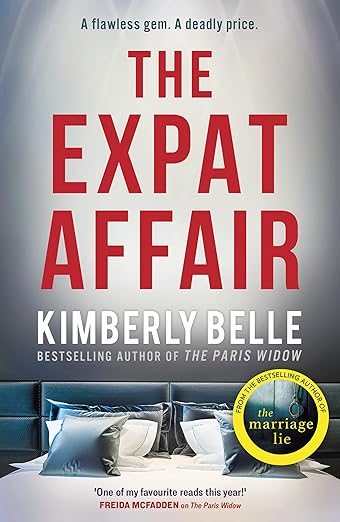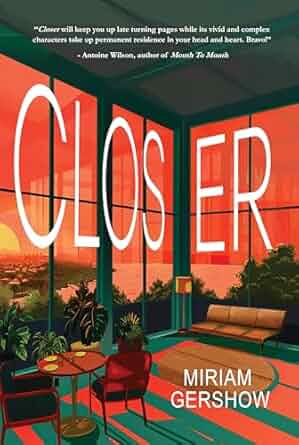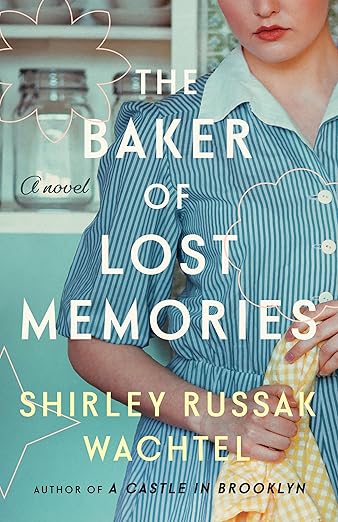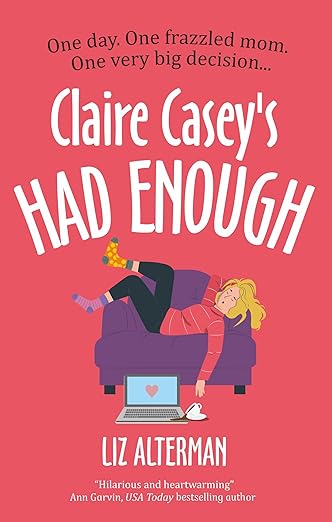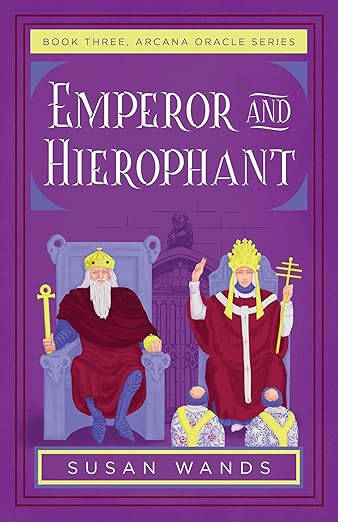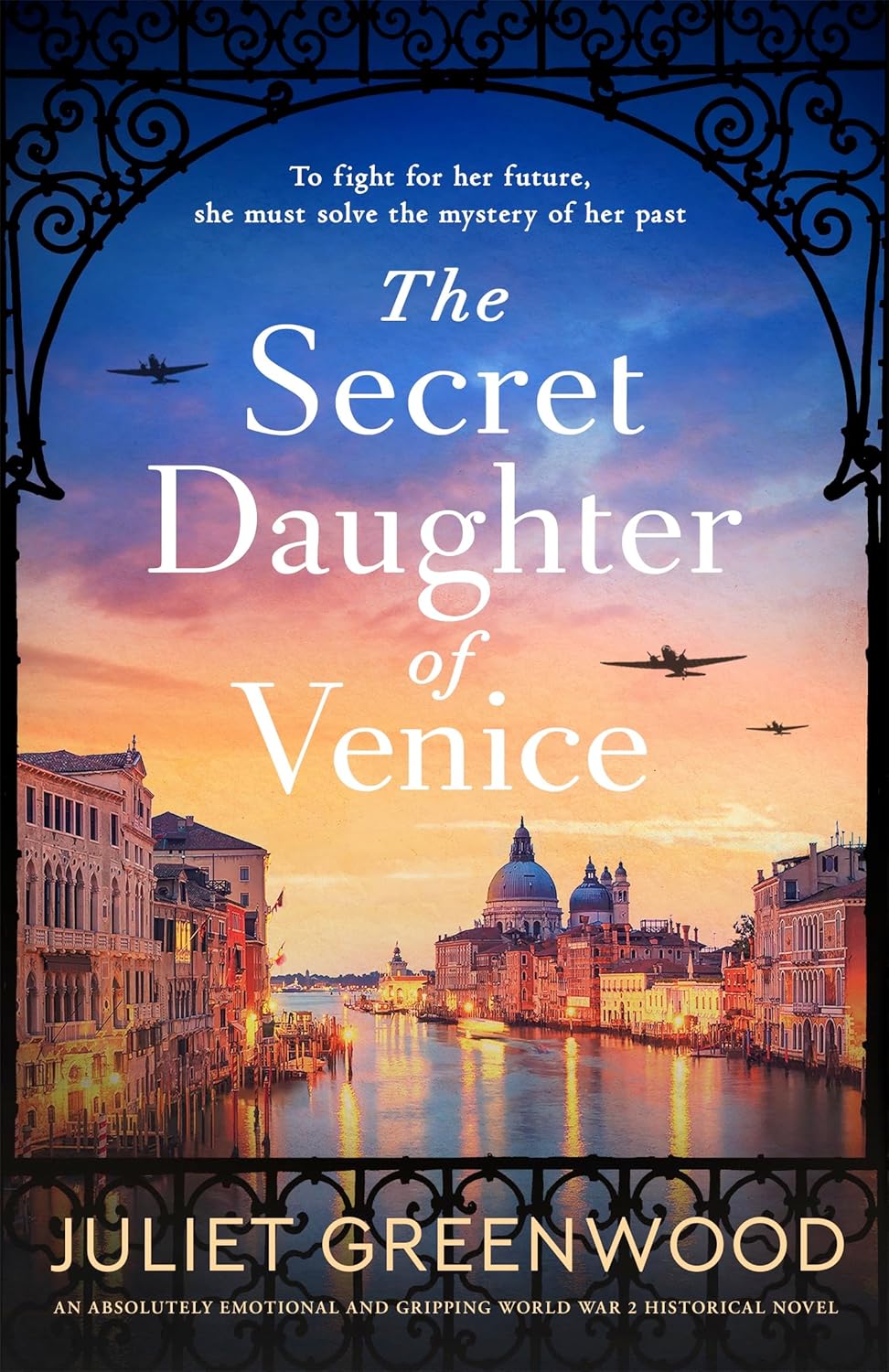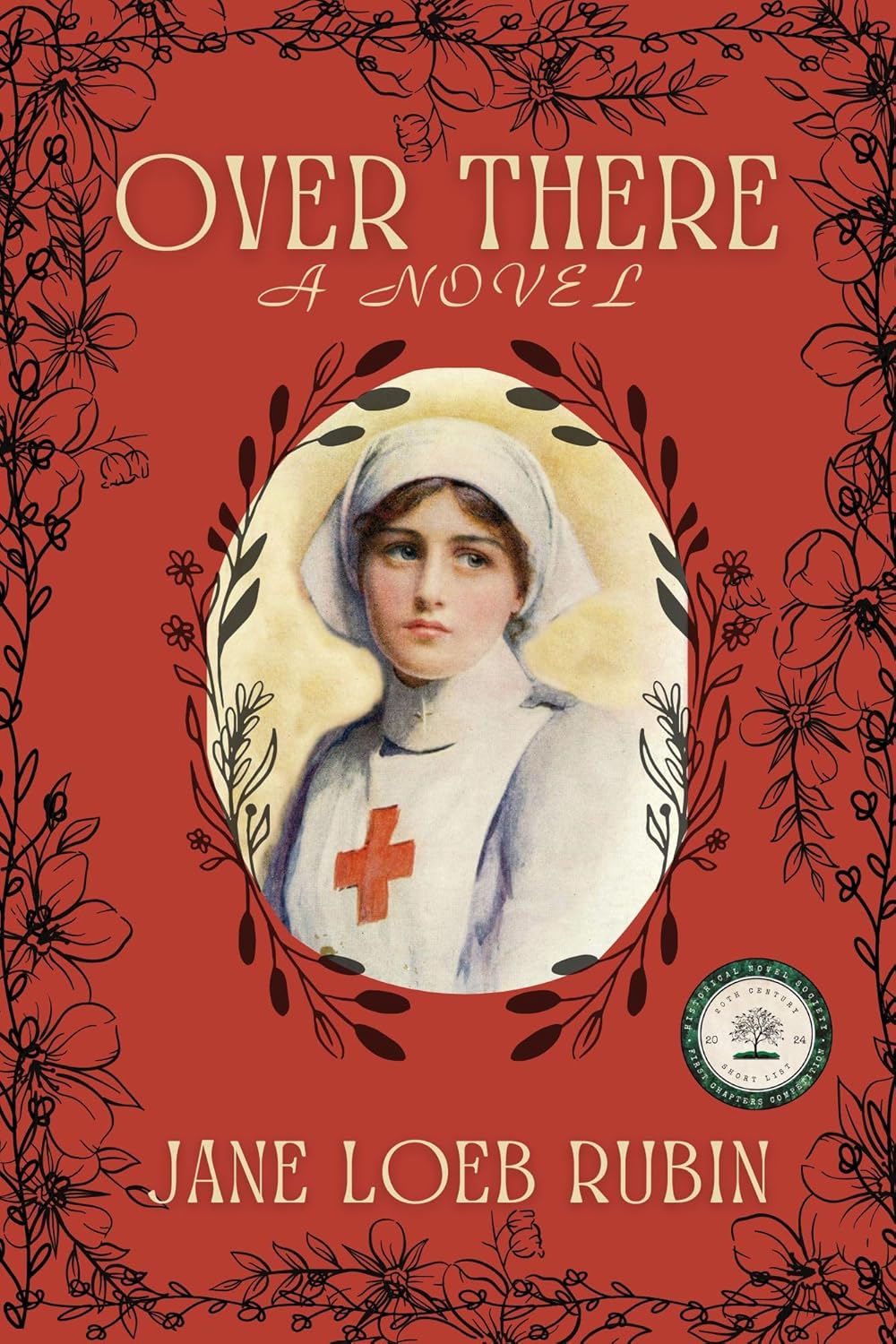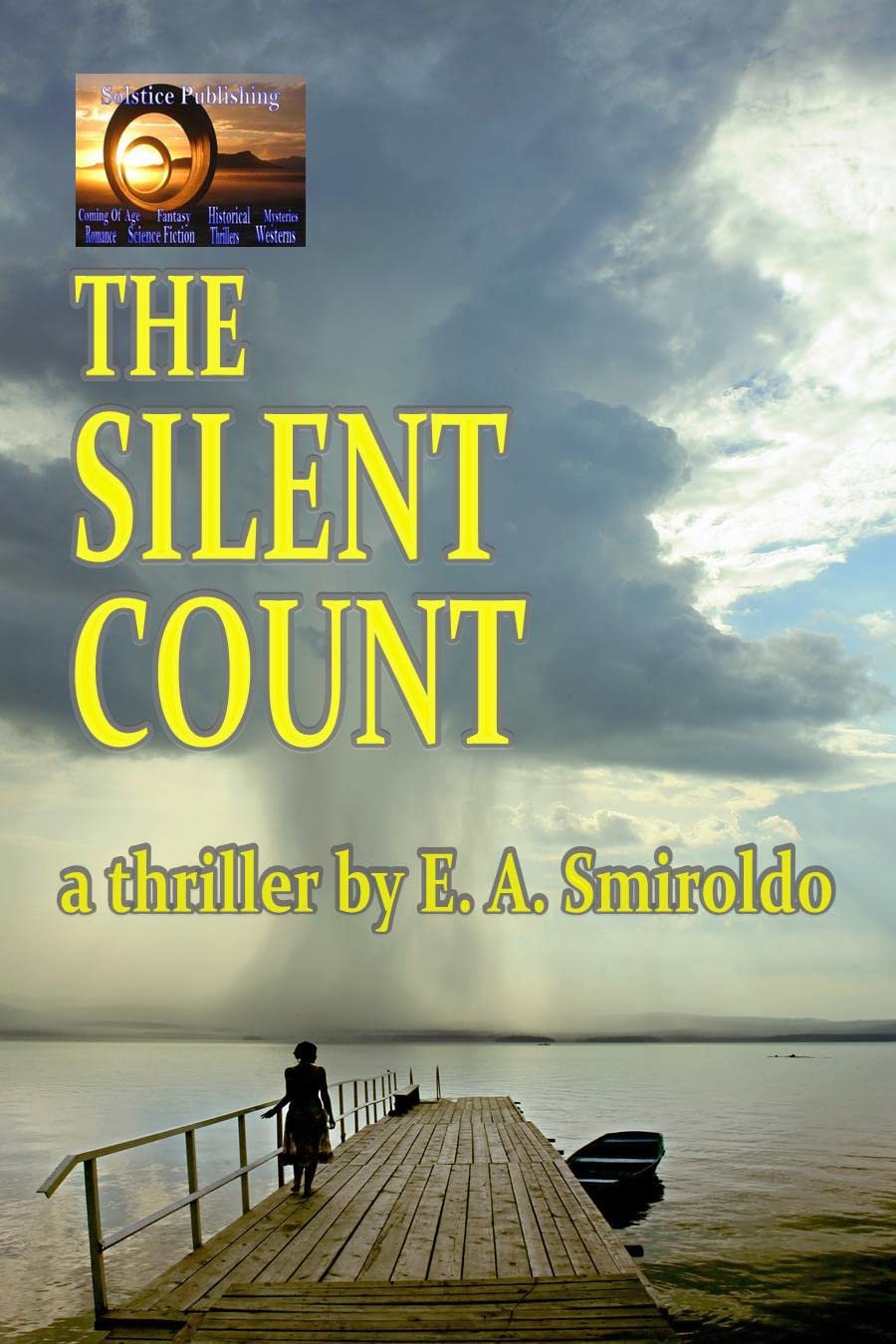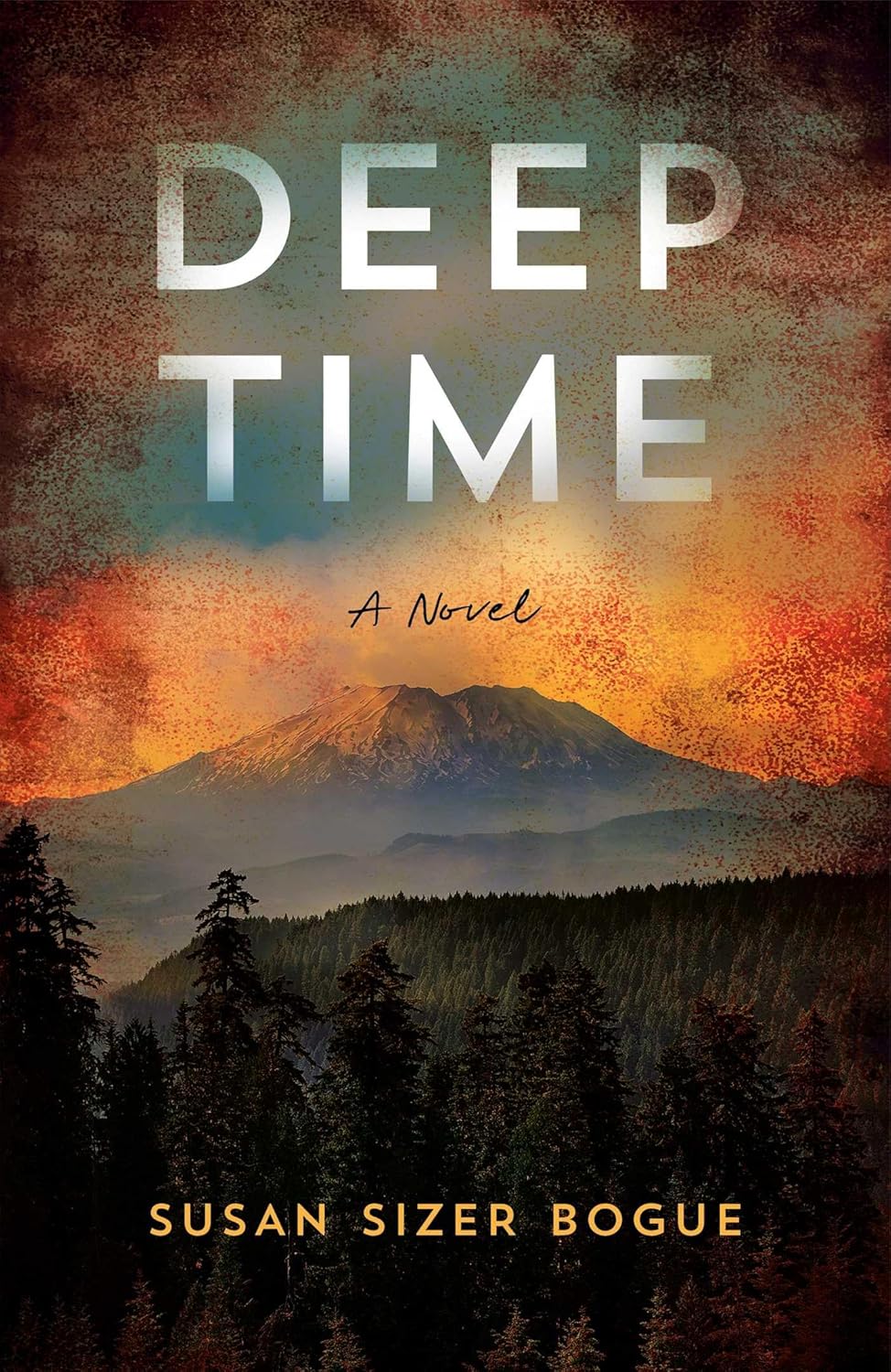From Architecture to Thrillers: The Surprising Links between Academic Writing and Commercial Fiction
By Mailan Doquang
 I’m an architectural historian by training. I’ve spent my career researching, writing about, and teaching the history of medieval French architecture, of buildings like Notre-Dame of Paris. In 2018, nearly a decade after completing my doctoral degree, I published The Lithic Garden: Nature and the Transformation of the Medieval Church (Oxford University Press), a book about the role of ornamental sculpture in medieval church design.
I’m an architectural historian by training. I’ve spent my career researching, writing about, and teaching the history of medieval French architecture, of buildings like Notre-Dame of Paris. In 2018, nearly a decade after completing my doctoral degree, I published The Lithic Garden: Nature and the Transformation of the Medieval Church (Oxford University Press), a book about the role of ornamental sculpture in medieval church design.
After my book came out, I realized that what I enjoyed most about being an academic wasn’t research or teaching but writing—the process of creating a narrative and putting it down on the page. I decided I wanted to write things that were more accessible than my academic work. I turned to thrillers, one of my favorite genres.
Friends often ask me, which was harder to write, my Oxford book or Blood Rubies? I always give them the same answer: both were hard to write because writing is hard, regardless of the context. But the question got me thinking about the similarities and differences between academic and thriller writing. I realized that they have more in common than might seem and that being practiced in one impacted how I approach the other.
My years in academia prepared me well for a career as a novelist. Writing fiction requires discipline, commitment, and hard work, skills I honed as an academic. Further, querying agents and submitting to editors is similar to the peer review process in academic publishing. Both involve rejection and critical feedback. Both require resilience and a willingness to dust yourself off and try again.
My point of departure as an academic was always the architecture itself. I chose a building or a group of buildings and went from there. I took a similar approach when I wrote Blood Rubies. Unlike many authors, who start with an idea for a plot or a character, I started with setting. Blood Rubies takes place in two of my favorite cities: New York, my home since graduate school, and Bangkok, where my husband did research for many years.
Prioritizing setting affected several aspects of my novel, including the plot. I’ve been a fan of heists since my mother introduced me to Maurice Leblanc’s Arsène Lupin stories as a child. Given my background in the arts, I initially set out to write an art heist. I started questioning this decision almost instantly. Bangkok, my primary setting, is a global center for gemstones, especially colored gems. Gem cutting and processing are important industries in the city, as are the gemstone markets, which draw international clients. Setting a heist in Bangkok and not making it a jewel heist seemed like a missed opportunity, prompting me to pivot from art to rubies.
My choice of settings also shaped my protagonist, Rune Sarasin. I wanted Rune to have strong ties to Bangkok and New York. The easiest solution was to make her be from both places. Rune is racially and culturally mixed. Her mother is White and her father is Asian. She grew up in the US always feeling like a misfit, then moved to Thailand only to find that she doesn’t fit in there, either. Some aspects of Thai culture are familiar to Rune. She loves the cuisine and understands Thai faith, but she struggles with other aspects of living in Thailand. She doesn’t speak the language well, nor does she know when or how to haggle. Worse, locals consistently call her a farang (foreigner). The word isn’t a pejorative, but Rune reacts badly because she identifies as Thai.
Many people assume I created a mixed-race character because I’m mixed race, but the fact is that Rune is mixed race primarily because of the setting. Her mixed background, however, became increasingly important as I wrote. By the time I got to the midway point, my goal was not just to write an engaging thriller, but also to create a character whose racial and cultural identity reflect America’s growing diversity.
My road to fiction was circuitous. I spent years honing a writing style that eschews contractions and colloquialisms in favor of formality and precision (not to mention footnotes!) As an academic, I had the leeway to go off on tangents and unpack ideas that weren’t crucial to my argument. I was allowed to be boring.
Switching to fiction and specifically to thrillers required learning new skills and addressing new concerns, such as plot, character, and pacing. But for me, the similarities are more important than the differences. I can say with certainty that I never would have had the confidence to write a novel if I hadn’t first written and published academic work, especially The Lithic Garden. The subtitle of that book is Nature and the Transformation of the Medieval Church. I like the word the word transformation. It’s how I see my writing journey. It’s what keeps me interested in writing.
—
Mailan Doquang is an academic-turned-novelist with a PhD in architectural history from the Institute of Fine Arts, NYU. Her debut thriller, BLOOD RUBIES, is an Amazon Editor’s Pick, a Strand Books Pick of the Month, and a Globe & Mail Crime Pick. Mailan enjoys traveling, photography, and running. She is a Canadian transplant and longtime resident of New York City.
BLOOD RUBIES
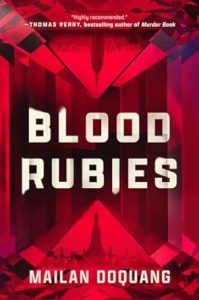 Rune Sarasin is about to learn just how quickly the life of a jewel thief can spiral out of control.…
Rune Sarasin is about to learn just how quickly the life of a jewel thief can spiral out of control.…
Seven days are all it takes for Rune Sarasin’s life to completely derail. It starts with a routine heist: lifting a pouch of rubies from the Bangkok hotel room of wealthy smuggler Charles Lemaire. Rune nearly gets caught when Lemaire’s goons give chase, but she manages to escape with her boyfriend Kit. Then Kit delivers some terrifying news: his teenage sister Madee has gone missing. They track her cell phone to the dangerous Khlong Toei slum, but the trail ends there. The night gets even worse when Rune realizes she lost the pouch of gems somewhere in the slum while searching for Madee.
Charles Lemaire is the wrong man to mess with. He is a perfectionist when it comes to both his attire and his crimes, and he isn’t afraid to kill to get what he wants. When he catches up to Rune and Kit, he gives Rune an ultimatum: return his rubies or she will never see her boyfriend again. Now Rune must race against time to either recover the lost gems or find something even more valuable with which to ransom Kit back from Lemaire. But she also still needs to find out what happened to Madee. As Rune investigates deeper into the shadows of the Khlong Toei slum, she uncovers a web of crime with consequences far more insidious than just one missing girl and a handful of stolen rubies.
Hurtling from the back alleys of Bangkok to the glamorous auction houses of New York City, Mailan Doquang’s heart-pounding debut will leave readers questioning just how far they would go for the ones they love.
BUY HERE
Category: How To and Tips




